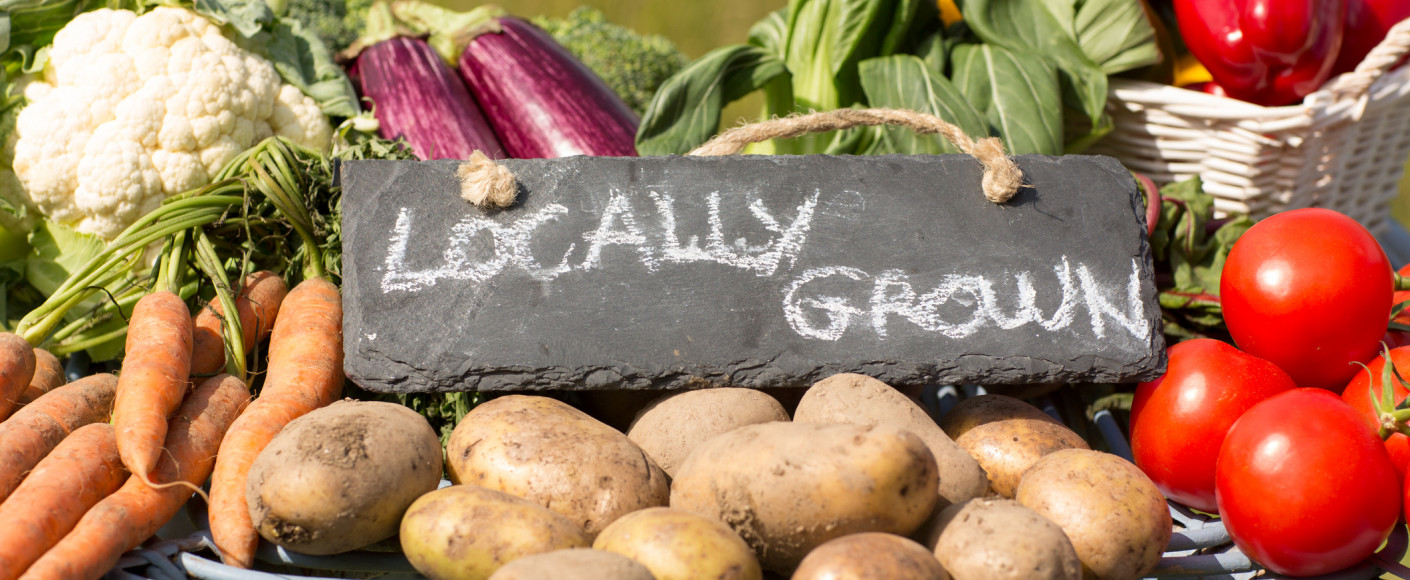What Does “Local” Food Really Mean?
How Local is "Local"?
Unlike the term “organic” where there are strict guidelines in place, “local” can mean anything from 10 to hundreds of miles depending on who you ask.
- Farmers in Kansas will typically travel anywhere from 10 to 50 miles to get to a farmers market.
- Self-proclaimed locavores—people who try to eat locally produced food—often consider food that’s traveled 100 miles to be local.
- In 2008, Congress passed a bill defining local or regional food as “being raised, produced, and distributed … less than 400 miles from the origin of the product” or in “the State in which the product is produced.” In short, “local” is anywhere from 400 miles to statewide.
One person’s local might be another person’s world away. For example, some companies indicate they use locally sourced ingredients, but that doesn’t mean they are local to you.
Benefits
There are some great benefits to buying local food. Plus, it keeps your dollars closer to home to help boost your community’s economy. But the farther away you get, the less impactful those benefits are.
Have a Conversation
Bottom line: If local is important to you, it’s worth asking about. Whether you’re talking with a farmer at your market, a grocery store manager, or a large company, find out if they have guidelines and ask for tips on keeping your food shopping as local as possible.
Learn More
The best way to buy local is by visiting a farmers market. But if you can’t, don’t fret—you’re still getting fresh, healthy food grown by farmers and ranchers.
Go behind the scenes of a farmers market or locate one near you to enhance your local shopping experience!

